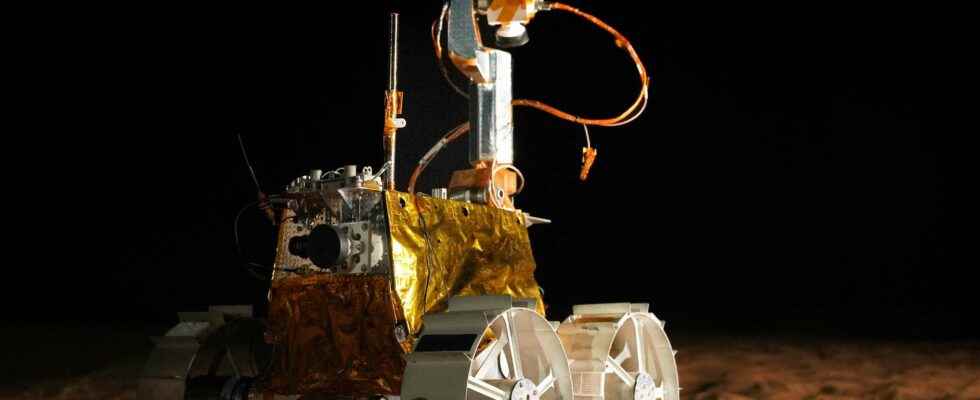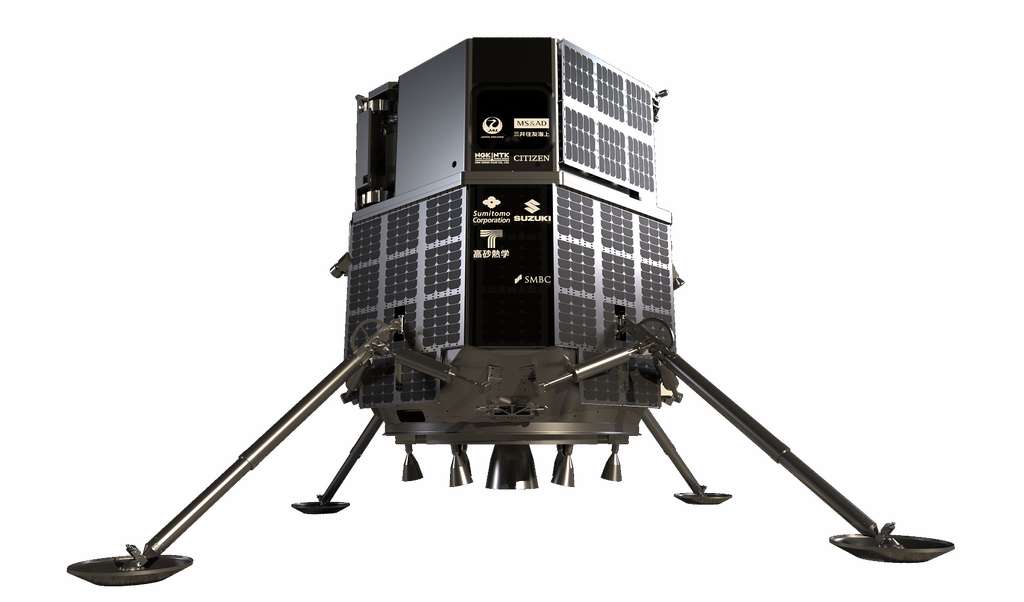The United Arab Emirates space agency is accelerating its lunar program. The Rashid rover was originally scheduled to fly to the Moon by 2024 but will finally leave this year. A week ago, the agency announced that it had tested a prototype.
You will also be interested
[EN VIDÉO] Landing of Chang’e 5 on the Moon The Chinese Space Agency invites us to relive the landing of Chang’e 5 on the visible side of the Moon on December 1, 2020. The lander landed in the Stormy Ocean for an express sampling mission . This is the first time in over 40 years that moon rocks will be brought to Earth.
UAE space dreams are looking forward. With a first short stay in L’ISS, a probe around Mars, the Moon is also in the viewfinder. The UAE Space Agencythe space agency of the United Arab Emirates, wants to begin its exploration of the lunar soil in all modesty with the Rashid rover, weighing only ten kilos. Its size is small with almost 53 cm long and wide. It will have two cameras at high resolution, including a thermal. It will also have a Langmuir probe to study the lunar plasma. Its power supply will be done with the help of solar panels placed on the sides.
Rashid being very light, the Emirati agency took every precaution to ensure that he stuck to the ground. Its four wheels are lined with large grooves. The UAE Space Agency also specifies that it is able to overcome obstacles 10 cm high and to descend an inclined plane up to 20 degrees. The UAE recently designed and tested a prototype of the rover, built in Mohammed Bin Rashid Space Centerto Dubai.
Destination Lake of Dreams
The rover will be dropped on the Moon by a Japanese lander called Hakuto-R. It is provided by the iSpace company. The ensemble should leave around October aboard a rocket SpaceX’s Falcon 9. It’s also a great test for iSpace and its Hakuto-R platform, which the teams have been developing for ten years. They were working on it at first as part of the competition Lunar X Prize of googlecontest canceled without a winner in 2018.
The rover will be deposited on the visible side of the Moon, in the Lacus Somniorum – the Lake of Dreams. It is an unexplored plain created by lava flows basaltwhich is rather new to study.
Interested in what you just read?

